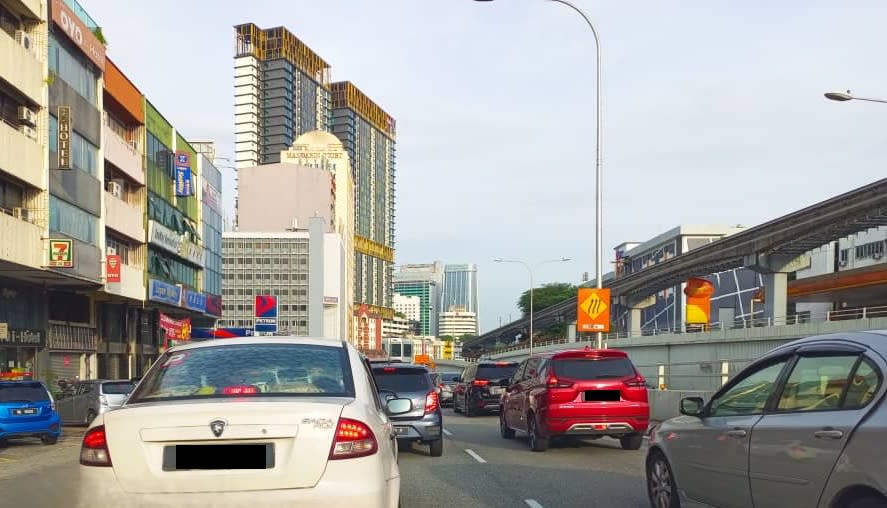Infrastructure improvements, enhanced public transportation, key to solving Malaysia’s gridlock conundrum

Transportation is vital for Malaysia’s economic growth, but the surge in private vehicle ownership has led to severe congestion on roads, exacerbated by inadequate public transportation and parking facilities.
This congestion contributes to air pollution and economic losses, estimated at RM20 billion annually, which is 1.1 per cent to 2.2 per cent of the gross domestic product (GDP).
Malaysia faces significant challenges in road safety, with one fatality occurring every 24 seconds, including 500 children killed daily. Women, especially the elderly, are at a disproportionately higher risk of fatalities in car crashes. Road safety is a universal concern affecting all demographics.
The increase in vehicle volume in cities like Kuala Lumpur can lead to Urban Heat Island effects. Malaysians spend an average of 44 hours per month in traffic, translating to nearly two full days monthly. In 2022 alone, 6,067 fatalities resulted from 545,630 accidents, affecting both the economy and the environment, due to increased fuel consumption and disrupted supply chains. Reduced productivity is another consequence, as commuters spend valuable time stuck in traffic.
Traffic congestion not only wastes valuable time but also affects overall wellbeing, as long commutes induce stress and reduce leisure time. Moreover, it contributes to air pollution, harming public health and the environment. Urban residents suffer from increased frustration and stress, diminishing their quality of life and happiness.
Additionally, traffic jams deter businesses and investors, potentially hindering economic competitiveness and long-term growth. Malaysia, like other nations, grapples with this complex issue, requiring investment in infrastructure, transportation management, and urban development.
To mitigate Malaysian traffic congestion, several strategies are vital:
Enhance public transport networks for effective and affordable alternatives to driving.
Establish bike lanes and pedestrian-friendly infrastructure to encourage biking and walking.
Promote carpooling and ride-sharing programmes to reduce single-occupancy vehicles, with incentives like HOV lanes.
Educate the public about environmentally-friendly transportation options and enforce traffic regulations.
Implement congestion pricing to discourage peak-hour driving.
Address traffic bottlenecks through infrastructure improvements.
Collaboration among government agencies, local governments, and the private sector is crucial for long-term success.
Public support for alternate transportation modes is key to effective traffic management, promoting sustainable communities, environmental protection, and economic prosperity. Ultimately, fewer vehicles mean less traffic.
Dr Rulia Akhtar is a research fellow at the Ungku Aziz Centre for Development Studies (UAC), Universiti Malaya.
The views expressed here are the personal opinion of the writer and do not necessarily represent that of Twentytwo13.
The post Infrastructure improvements, enhanced public transportation, key to solving Malaysia’s gridlock conundrum appeared first on Twentytwo13.


